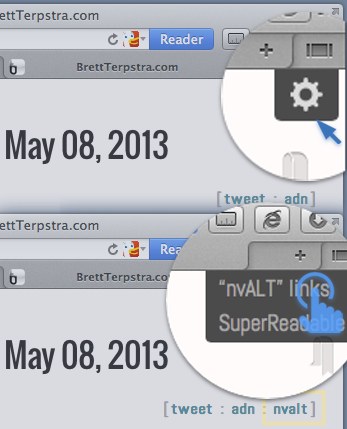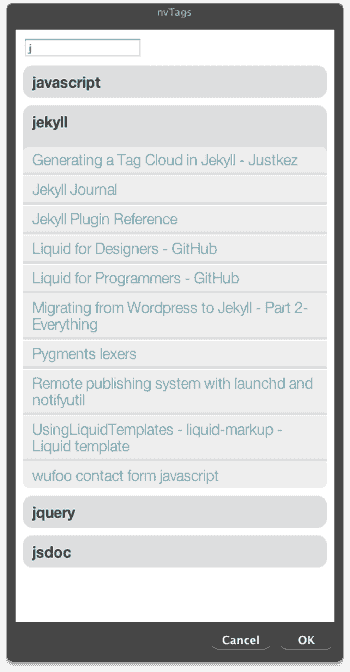

Aloo’s tutorial on unique serial numbers by parsing sections of the functions Today() and Now() to generate a unique timestamp record identifier and in trying to implement this for use primarily on an Android phone, the Now() function is giving me erratic results.
#NVALT GENERATE UNIQUE ID FROM DATE FULL#
Or, if it’s not that important to maintain the full year (if you don’t have dates less than the year 2000), an abbreviated yearĪnother approach can be to append the row number by using theįunction, but if you have a large data set this will mean your ID will increase in length.I’ve read Mr. To create a unique ID using dates in Google Sheets use theįunction to change the format of the date string to something consistent like =TEXT(A2,"YYYYMMDD")&TEXT(ROW(A4),"0000")Ĭreate a unique ID using row number with a specific set of numbers to help with sorting by this column Represent the largest number of rows in the data set: Modify the formula as follows where the characters To make the ID of the same length, to help with sorting by the unique ID column, use theĬharacters to ensure the row number will have the same length. By having the row number in the ID it can be easy navigating to the offending row. This approach does come in handy as it helps to identify if there are any dirty data points that need to be cleaned up.

This means your unique ID will grow from 9 characters in length to 13 characters in length if you’ve got more than 10000 rows. This approach may appear to be the easiest, but the problem will be the unique IDs will grow in length as you eclipse row numbers 10, 100, 1000, 10000 (etc). Here is an example of appending the row number at the end of the string with theĬreate a unique ID using date field and row number This is the easiest way of making a unique string but does mean according to your data set that the unique If keeping a short unique ID isn’t going to be an issue for you, then you could look at making an even simpler unique ID by appending the functionĪnother easy way of creating a unique ID using dates in Google Sheets is to just append the row number after the date string. =TEXT(A2,"YYYYMMDD")&TEXT(COUNTIFS($A$1:A4,A4),"00")Ĭreate a unique ID using date field and a counter maintaining consistency with the length of the ID to help with sorting by this column This would produce the following result with our current spreadsheet: If you have more than 100 but less than 1000 rows containing the same date then make it , or if you think you could have more than 10 but less than 100, then you would just make it two If you don’t think you’ll have any more than 10 rows, then you could just make it one Symbols according to how many rows you’re likely to have of the same date.

If you do want to keep the length of your unique IDs the same, to This should then make the maximum length of your unique ID 7 or 8 characters. You could even shorten the string further by changing the format of the date string to Depending upon your data source, you may only find your unique ID string growing to as much as 9 or 10 characters long. This method is helpful when you have a large data set and don’t want the unique ID to grow too long. Has the number 2 appended to the date string inįormat because it is the second date in column A that is the same.

=TEXT(A2,"YYYYMMDD")&COUNTIFS($A$1:A4,A4)Ĭreate a unique ID using date field and counterĪs you can see from the result in column B above, the unique ID created appends a counter on the number of times the date already occurs in the list. Take for example the following list of dates in this spreadsheet: One method for making a unique ID using dates especially when the current order of your rows Here are some examples that can help you create a unique column of ID’s when you have a column of data containing dates. If you can create a column with unique ID’s you could then make the fourth paramter of the VLOOKUP function TRUE which speeds up processing time.ĭepending upon your needs either of the two approaches below should help create unique ID’s for your data set. To create a unique ID of date values in Google Sheets use theįunction to change the date into a string and then append any other useful identifier to that string to make the value unique, such asĬreating a unique ID for your data rows can help speed up the processing of your data, for example when using the VLOOKUP formula. How can you create a unique ID with date values in Google Sheets?


 0 kommentar(er)
0 kommentar(er)
